Model Assumptions and Suggestions for the Louvre Crisis Response Measures
DOI: 10.23977/jeis.2020.51008 | Downloads: 20 | Views: 2983
Author(s)
Shaowei Li 1, Zhaoxiang Chen 2, Xiaoqin An 2
Affiliation(s)
1 College of Information Science and Technology, Shihezi University, Shihezi, 832000, China
2 School of Economics and Management, Shihezi University, Shihezi, 832000, China
Corresponding Author
Shaowei LiABSTRACT
To allow visitors to flee the Louvre the first time after a terrorist attack on the Louvre, we have built such a model. We looked up some data about the Louvre, then analyzed the types of terrorist attacks, and developed a more flexible evacuation model. We first put together the closer exits and refer to them as an exit group. Each exit group is accompanied by a region in which visitors must evacuate from that exit group. Each region has a planned escape route, and staff in the region will lead visitors to evacuate. The division of each region is determined by factors such as the traffic capacity of the exit group and the pavilion in which it is located. We calculate the area of each region accordingly. After each floor block, we get some areas where each region has its own escape route. We come up with an optional path through the ant colony algorithm. Visitors from each region can simply follow the arrangements of the staff on each floor to evacuate quickly. In order to verify the model, we fit the formula of escape speed according to the data of many aspects. Through the formula, we calculated the time of the tourist escape more accurately, which is a better simulation of the real scene of the tourist escape. Also, we have made a lot of recommendations for the Louvre in response to different types of terrorist attacks. We also discussed where terrorist at tacks took place and considered them from multiple angles. In order to enable rescue workers to quickly enter the scene, we have also proposed a number of improvement measures.
KEYWORDS
Crowd evacuation model, Ant Colony algorithm, Floor Split blockCITE THIS PAPER
Shaowei Li, Zhaoxiang Chen and Xiaoqin An. Model Assumptions and Suggestions for the Louvre Crisis Response Measures. Journal of Electronics and Information Science (2020) 5: 41-52. DOI: http://dx.doi.org/10.23977/jeis.2020.51008.
REFERENCES
[1] Rickheit G, Sichelschmidt L. 1 Mental Models: Some answers, some questions, some suggestions [M] // Advances in psychology. North-Holland, 1999, 128: 9-40.4
[2] Kilbourne W E, Thyroff A. STIRPAT for marketing: An introduction, expansion, and suggestions for future use [J]. Journal of Business Research, 2020, 108: 351-361.
[3] Liu Y, Peng J, Yu Z. Big Data Platform Architecture under The Background of Financial Technology: In The Insurance Industry As An Example [C] //Proceedings of the 2018 International Conference on Big Data Engineering and Technology. 2018: 31-35.
[4] Yanjun Z, Xiaodong Y, Yi L, et al. Research on the Construction of Wisdom Auditing Platform Based on Spatio-temporal Big Data [J] [J]. Computer and Digital Engineering, 2019, 4 7(03): 616-619.
[5] Zhao Z, Wang J, Liu Y. User electricity behavior analysis based on K-means plus clustering algorithm [C] // 2017 International Conference on Computer Technology, Electronics and Communication (ICCTEC). IEEE, 2017: 484-487.
[6] Andresen M, Pattie M W, Hippler T. What does it mean to be a ‘self-initiated’expatriate in different contexts? A conceptual analysis and suggestions for future research [J]. The International Journal of Human Resource Management, 2020, 31 (1): 174-201.
| Downloads: | 13731 |
|---|---|
| Visits: | 580306 |
Sponsors, Associates, and Links
-
Information Systems and Signal Processing Journal

-
Intelligent Robots and Systems

-
Journal of Image, Video and Signals

-
Transactions on Real-Time and Embedded Systems
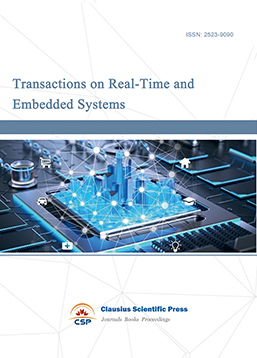
-
Journal of Electromagnetic Interference and Compatibility
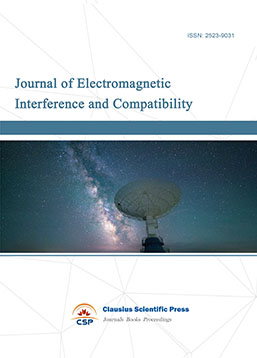
-
Acoustics, Speech and Signal Processing
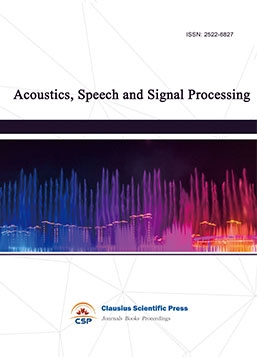
-
Journal of Power Electronics, Machines and Drives
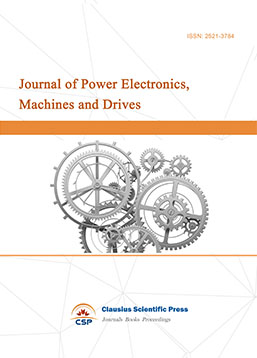
-
Journal of Electro Optics and Lasers

-
Journal of Integrated Circuits Design and Test
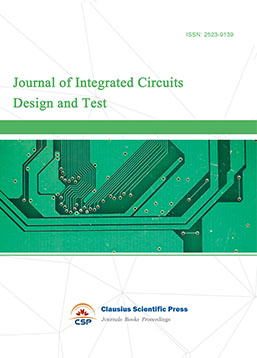
-
Journal of Ultrasonics

-
Antennas and Propagation
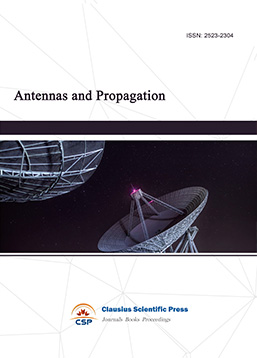
-
Optical Communications
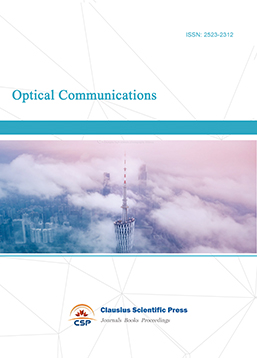
-
Solid-State Circuits and Systems-on-a-Chip
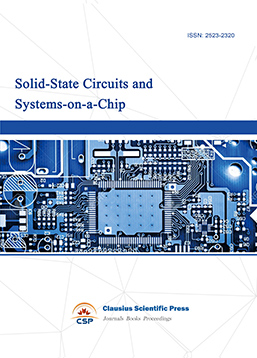
-
Field-Programmable Gate Arrays

-
Vehicular Electronics and Safety
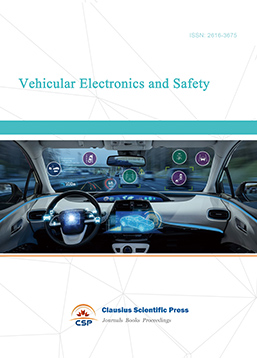
-
Optical Fiber Sensor and Communication

-
Journal of Low Power Electronics and Design
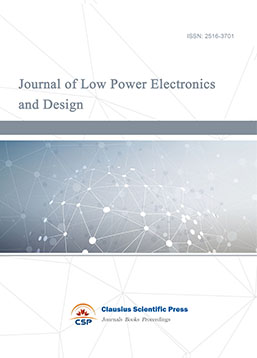
-
Infrared and Millimeter Wave
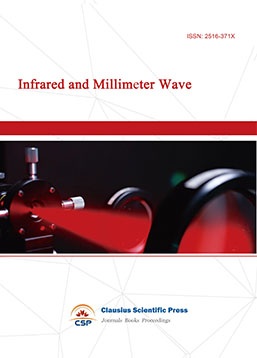
-
Detection Technology and Automation Equipment
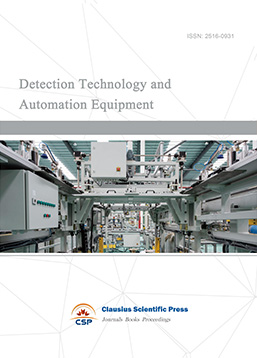
-
Journal of Radio and Wireless

-
Journal of Microwave and Terahertz Engineering

-
Journal of Communication, Control and Computing
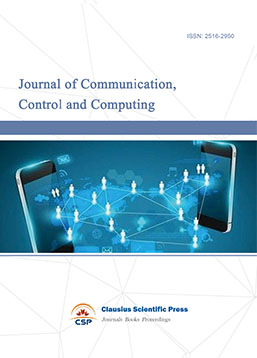
-
International Journal of Surveying and Mapping
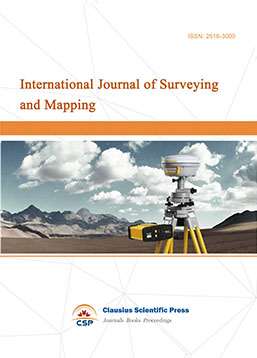
-
Information Retrieval, Systems and Services
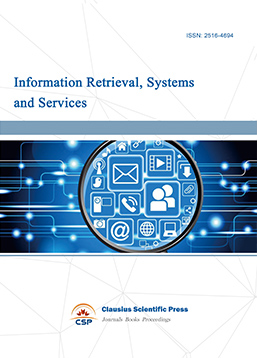
-
Journal of Biometrics, Identity and Security

-
Journal of Avionics, Radar and Sonar
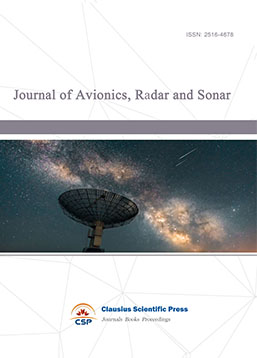

 Download as PDF
Download as PDF